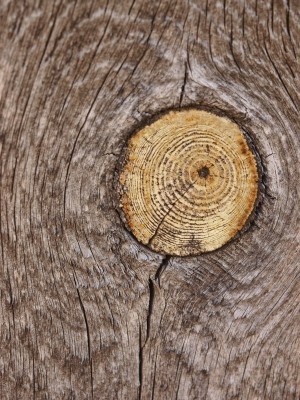I’ve been getting a lot of inquiries about the weight capacity for certain wooden walking sticks. This issue is a very complicated aspect for several reasons.
The first being that it is an all natural hiking stick that comes directly from a tree branch. When you’re using wood, it can have several stress points that are weaker then the rest of the stick. The first weak point will be a knot in the lumber because a knot naturally separates itself from the flesh due to different shrinkage rates and density. So this creates a crack that needs to be filled in with some sort of adhesive. No two hiking sticks will have the same knots, so no two hiking sticks will have the same weight capacity.
Which leads into the next issue of testing weight capacity. In order to test weight capacity, you need to test angle of pressure to the point of structural collapse. That will deal with vertical pressure as well as horizontal pressure. We can send our sticks out to testing facilities, but we’ll just end up with people pounding them to oblivion. These testing facilities will torque, twist, and bend our sticks but once they reach the capacity, they all be broken. And then we still have the issue that no two handmade wooden walking sticks are the same.
A broken wooden walking stick is just one of the risks we need to take when we’re on our adventures exploring the world. Don’t think too much about it and definitely don’t let it get you down. One of the great uses for the pole is to test precarious situations. If your ice looks too thin, throw your staff at it and see if it’s safe to walk across. If something needs a good whack, swing your staff at it. It’s better that you’re using an inert object instead of one of your own limbs. Just set the stick aside and let it naturally bio-degrade back into the woods it came from.
I actually heard a good story about the end of a walking cane that I’ll share at a later time.
-Antonio







